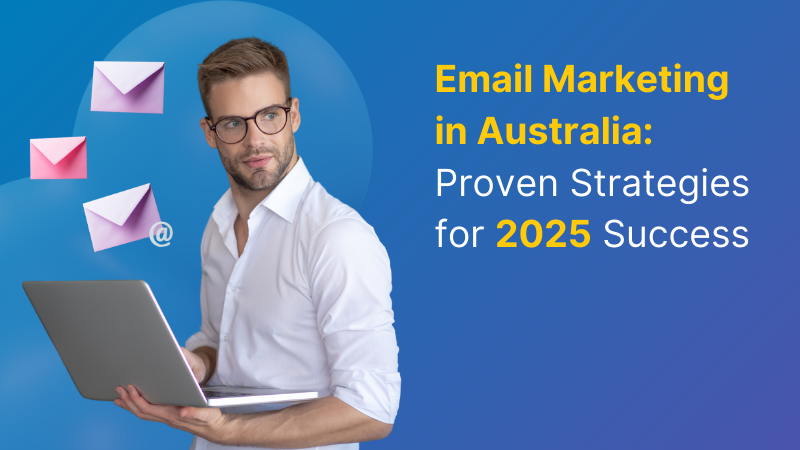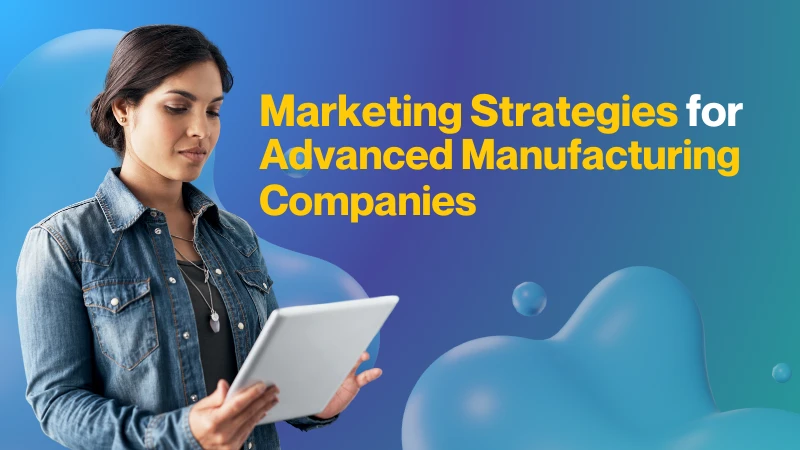Trying to market SaaS platforms as though it is a standard B2B solution will likely fall flat in today’s crowded market. Since most SaaS platforms are so obsessed with lead generation, they often hinge on closing sales based on features and price gave the growing field of SaaS competitors. This is where refining your SaaS marketing tactics to minimize customer churn, optimize SaaS pricing, and grow your SaaS subscription business end-to-end.
The more your sales-ready messaging focuses on the future state of your ideal customer and how your SaaS platform solves those problems, the more likely your brand is to stand out from the crowd and convert a website visitor into a free trial on your SaaS platform.
The traditional SaaS marketing strategies from the 2000s are ineffective. needs new strategies that match the level of innovation found in these new services. While some SaaS growth hacking tactics may stem from more traditional marketing methods, the overall strategy deserves a fresh look given SaaS marketing is widely different.
So, let’s talk about the SaaS selling tactics you should be looking forward to incorporating into your strategies this 2021.
Embrace Content Marketing
SaaS is uniquely positioned to take advantage of SaaS content marketing as a primary strategy for growth. Potential customers that are most likely to adopt a new SaaS platform are those who may already be searching for a solution for their pain point online.
They often focus on features, instead of outcomes. Today, SaaS marketing is different and strategic SaaS marketers create and position pertinent content to answer the main questions potential customers are asking.
Unfortunately, this isn’t as simple as creating a few blog posts. To compete in the crowded SaaS content marketing space, you need to be churning-out consistent high quality, persona-driven content that is not the only keyword optimized and offers value to your potential SaaS customers to help them sell your SaaS platform to their boss.
This shouldn’t be a problem for SaaS companies but commonly is, unfortunately. If you have done the work to create persona-driven content that speaks to relevant pain points, your SaaS platform is uniquely situated to write as a thought leader on the topic.
You should already know what questions ideal customers are asking because you researched their pain points and created a solution that helps them solve their specific problem.
Offer Free SaaS Trials
SaaS companies are in a unique position when it comes to using free trials, which can lead to new customers moving the needle with increasing recurring revenue. Depending on the exact product you are offering there is often little to no cost in allowing a potential customer to try out your offering.
There are no shipping or return shipping costs, so there is little to lose on this SaaS customer acquisition strategy. This is an opportunity to show off, not just your product, but your customer service and support. If the product is the right fit, you may see conversions to paid SaaS subscriptions happen with no additional effort.
The end of a trial period also offers the opportunity to reach out to gain valuable insights into likes and dislikes while they gave your SaaS platform a test drive and looked under the hood. This feedback is priceless, not just to your product team, but also to your sales and marketing teams.
Pay Attention to SEO
While optimizing your blog posts for relevant, high-value keywords is essential, you also need to evaluate your entire website for SEO. It is important to understand that SEO will get leads into your sales funnel, SEO does nothing to nurture leads into customers.
From that point of view, the ideal goal of SEO down the road is to increase rankings to get into the top three spots of Google search so that your SaaS company will not need to buy ads for those specific search phrases.
Understanding your primary audience and researching keywords is the first step, followed by reviewing all of your content and meta-data to improve your ranking. Also, don’t forget about the importance of backlinks to your search engine ranking.
Investigate ways to improve your domain authority by creating high-quality referrals and links. Instead of operating on assumptions, lean heavily on running testing experiments to be armed with insight and visibility that allows you to make data-driven decisions in support of your broader content marketing strategy.
Leverage SaaS Review Sites
The number of SaaS review sites continues to grow as consumer confidence in online reviews remains steady. You may find that potential customers are looking at these sites to find solutions to their software needs.
If your SaaS platform is not already on top review sites, reach out to the site editorial team with your specifications and value proposition. Some sites also offer premium features that spotlight your SaaS platform’s key value propositions and how exactly it helps others.
Incentivize Referrals
You would be surprised at what SaaS customers would do for a free month of service, including referring a friend or colleague. SaaS marketing is similar to all other marketing in one way, referrals are one of the most effective ways to reach new customers.
Ideally, a long-term customer loves your SaaS platform, so they are ripe to ask for referrals. Whether it is in the form of subscription discounts, free premium features, or a full-fledged SaaS referral program, find ways to encourage your current SaaS customers to spread the word and be compensated accordingly.
The Takeaway
These SaaS selling strategies are designed to create more quality leads and generate more SaaS customers. But remember, the market is always changing in high-churn industries like SaaS, so these days your team needs to be on top of SaaS marketing trends and focus on client engagement to minimize churn.
Continually review your lead to conversion rates where you’re most effective at the top of your SaaS lead generation funnel. Then, benchmark this performance data against your SaaS growth strategy. This will give excellent visibility into the effectiveness of your sales-ready messaging and marketing content across your prospects’ journey.













